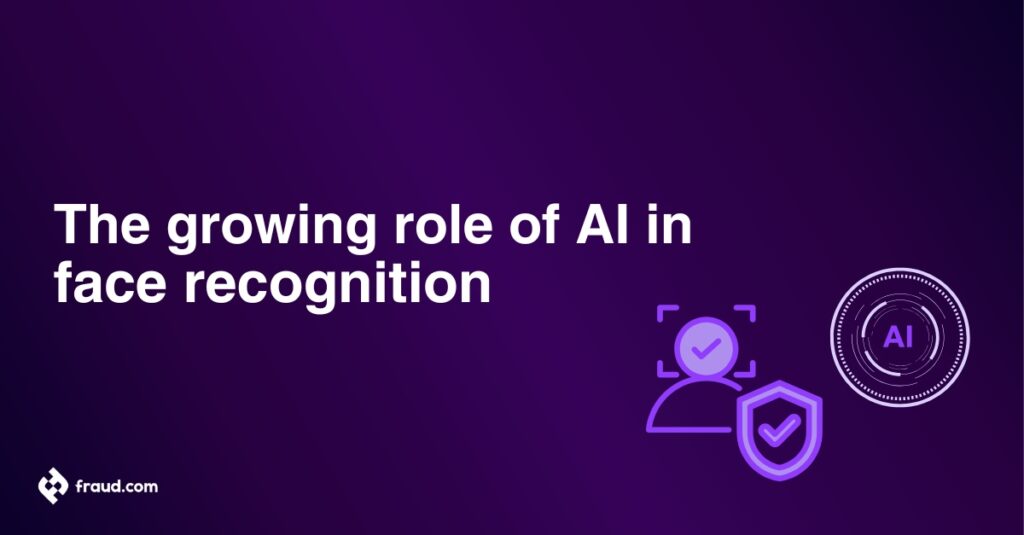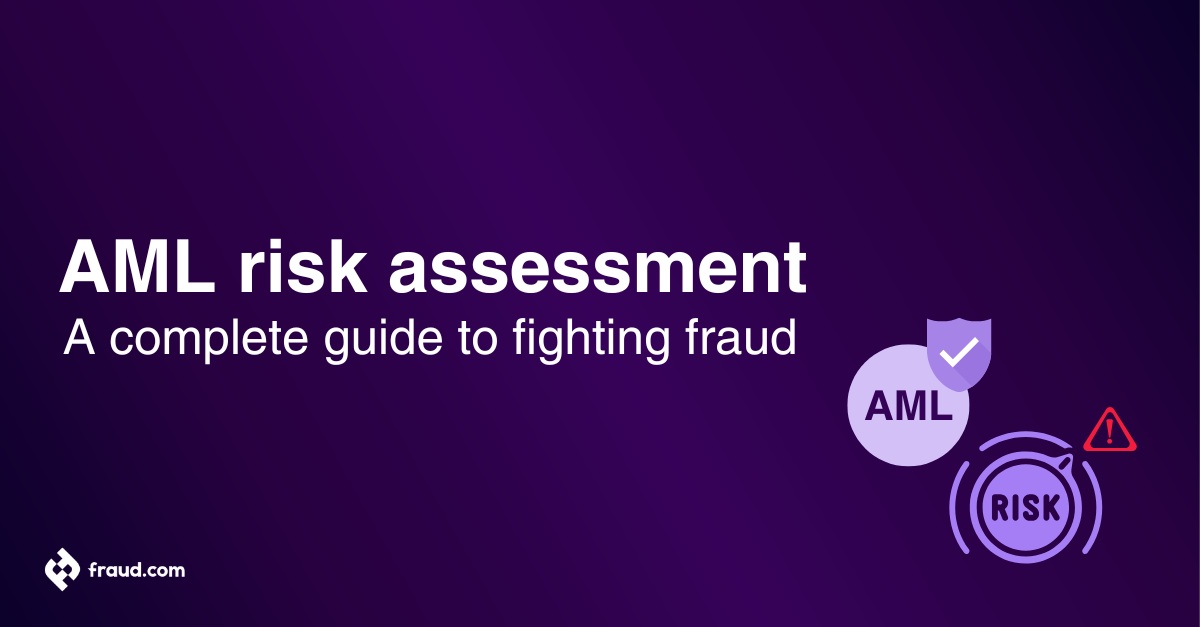In recent years, artificial intelligence has rapidly transformed how we interact with technology, and face recognition stands out as one of the most visible areas of this shift. AI-powered facial recognition, once a futuristic concept, now plays an integral role in everyday life. It unlocks smartphones, strengthens security systems at airports, malls, financial institutions, and public spaces, and continues to redefine convenience and safety across various sectors.
As the technology spreads, the growing role of AI in face recognition promises to revolutionize how we live and work, offering both incredible benefits and complex challenges. In this article, we’ll explore how AI shapes the face recognition landscape, its potential applications, and the key benefits surrounding its use.
Table of Contents
ToggleWhat is AI face recognition?
AI face recognition refers to the use of artificial intelligence to identify, verify, or authenticate individuals based on their facial features. The system uses machine learning algorithms to analyze and compare faces captured from images or video against a reference, often a database of known individuals or an official identification document, as part of identity verification processes. Facial recognition technology has gained significant traction due to its ability to provide fast, contactless authentication, offering a high level of convenience and security.
The core components of AI face recognition include face detection, feature extraction, facial encoding, and authentication (which includes face matching). These components work together to recognize or verify identities with high accuracy.
Key components of AI face recognition
AI face recognition technology involves several critical steps to identify or verify individuals accurately. These components work together to enable systems to recognize faces in various environments, ensuring both security and privacy.
Face detection: The system identifies and isolates a face from an image or video feed using computer vision techniques for analysis.
Feature extraction: It extracts unique facial features (eyes, nose, mouth, etc.), which form the basis for the individual’s identity.
Facial encoding: The system converts the extracted features into a unique numerical faceprint, which is stored for future recognition.
Authentication & face matching: The system compares the captured face to a stored reference (ID document or database) to verify or identify the person.
- Verification (1:1 Matching): The system compares the captured face to the photo on an official ID to confirm identity.
- Authentication (1:N Matching): It compares the captured face to a database of known faces for identification or access control.
Deep learning & neural networks: The AI system uses deep learning to detect complex patterns in facial features, adapting to changes such as aging, lighting, or facial hair.
Data storage & privacy: Faceprints are securely stored, ensuring compliance with privacy and security regulations to protect sensitive biometric data.
How does AI face recognition work?
AI face recognition technology has rapidly become one of the most transformative and widely used applications of Artificial Intelligence (AI), reshaping everything from security systems to social media interactions. By combining machine learning, computer vision, and neural networks, this technology is capable of identifying people and providing secure access control in real-time. Here’s a breakdown of how AI-powered facial recognition work, from the first use of verification to ongoing authentication:
1. Image capture:
The process begins with image capture, where the system uses a camera (often a smartphone or surveillance system) to capture an image or video containing a human face. Modern facial recognition systems are designed to detect faces from various angles, distances, and lighting conditions, ensuring high accuracy in diverse environments. Advanced systems can even detect multiple faces in a single frame, a useful feature in crowd surveillance or social media tagging.
2. Preprocessing:
Once the image is captured, it undergoes preprocessing. This step enhances the image quality by adjusting lighting, removing noise, and focusing on facial features to make the face clearly visible. It ensures that the image is suitable for further analysis, particularly when dealing with low-quality or obstructed images. Additionally, face detection is part of preprocessing, identifying the exact location of the face within a larger image or video frame.
3. Feature extraction:
During feature extraction, the system identifies and analyzes unique facial features such as the eyes, nose, mouth, and jawline. These features serve as distinct identifiers, creating a facial signature for each person. The system uses advanced computer vision techniques and, in many cases, deep learning models to map these features with high accuracy. Deep learning allows the system to learn from vast datasets, improving its ability to detect subtle and complex patterns across various facial structures.
4. Facial encoding:
After extracting key features, the system encodes the data into a faceprint, a digital representation of the facial features that is unique to that individual. This facial vector is a set of numerical values that represent the person’s face in a way that is easy to compare and store for future use. The faceprint serves as a digital “fingerprint” that can later be used for authentication.
5. Verification (1:1 Matching)
The first time a person uses AI face recognition, verification occurs. In this step, the system compares the captured face to a specific ID document (such as a passport, driver’s license, or national ID). This is a 1:1 comparison, where the system ensures that the live image matches the official photo on the document, verifying the person’s identity.
Verification is a one-time process that typically occurs during the first use of the system. If the faceprint matches the photo on the ID, the system registers the person’s facial features, creating a faceprint that will be used for future authentication. This step establishes the person’s identity initially.
6. Face matching (Authentication)
Once verification is successful and the faceprint is created, it is stored in the system for future use. In authentication, the system compares a newly captured image to the stored faceprint to grant access or confirm identity. This process is commonly used to unlock smartphones, access secure facilities, or log into accounts.
After the system verifies identity with an ID document, it uses the authentication process in subsequent interactions. During authentication, the system compares the live image to the stored faceprint to confirm identity, providing secure and efficient access control without requiring passwords or physical keys.
7. Identification (1:N Matching)
In some systems, facial identification plays a crucial role. During 1:N matching, the system compares the captured face to a database of multiple stored faceprints, helping it identify a person from a large pool of individuals. This process is especially useful in law enforcement, security, and surveillance applications.
Identification differs from verification. While verification confirms a person’s identity by comparing a live image to an official document, identification matches the live face against a database of known faces. This allows the system to find a match from a broader group of individuals. Law enforcement, public surveillance, and crowd management use this technology to identify suspects or persons of interest.
AI facial recognition process
After understanding how AI facial recognition works, it’s clear that the underlying process is crucial to its success across numerous applications. The technology’s ability to accurately identify and verify individuals in real-time relies on a series of finely-tuned steps, ensuring efficiency, security, and adaptability.
Here’s a brief overview of the process:
- Dynamic image capture: The system begins by capturing an image or video of a face, adjusting in real-time to lighting, angle, and other environmental factors. This allows it to detect faces in diverse settings, from busy crowds to poorly lit areas.
- Data refinement: Once the face is captured, the system processes the image to improve clarity and quality. It removes noise, adjusts focus, and enhances features to ensure the data is accurate and ready for the next phase.
- Feature mapping: Key facial features, such as the distance between the eyes and the shape of the jawline, are identified and mapped. This forms the foundation for the unique “faceprint,” a numerical representation that distinguishes one individual from another.
- Face encoding and matching: The mapped features are converted into a faceprint that’s stored for future use. Whether the system is verifying identity against a document (1:1) or searching a database for a match (1:N), this faceprint enables precise comparisons.
- Instant decision making: After comparing faceprints, the system makes an immediate decision: does the captured face match the pre-registered one, or can it identify the individual from a larger database? This step is crucial for ensuring fast and accurate results.
The efficiency and security of this process are what make AI face recognition technology so powerful, from safeguarding personal devices to enhancing public safety in surveillance applications.
AI Face recognition apps
AI face recognition technology powers a wide range of applications, offering convenience and security across various industries. Popular uses include smartphone unlocking, secure access control for workplaces, customer identity verification in banking, personalized shopping experiences in retail, and even attendance tracking in education centers or workplaces. These applications highlight the versatility of face recognition systems and their potential to improve efficiency and user experience.
Applications of AI face recognition
The growing accuracy rates of facial recognition software has made this technology indispensable across a range of sectors. Here are some key applications where AI-driven face recognition is delivering impactful results:
- Law enforcement: Facial recognition is a powerful tool in law enforcement to effectively identify faces of suspects or persons of interest. By comparing faces captured in public spaces or through surveillance footage with a database of known individuals, authorities can rapidly match faceprints to records, helping them identify criminals, track down fugitives, or locate missing persons.
- Social media: On platforms like Facebook, facial recognition algorithms is used to automatically detect and tag people in user-uploaded photos. By scanning images for familiar faces, these systems enhance the user experience, streamline social interactions, and create more personalized content by suggesting who is in each photo.
- Access control: From unlocking smartphones to granting access to secure facilities or even boarding planes, facial recognition is becoming a trusted method of authentication. This contactless solution not only improves security but also offers a more efficient, seamless user experience compared to traditional methods like passwords or keycards.
- Financial services: In banking and fintech, facial recognition plays a critical role in securing mobile banking, ATM transactions, and other sensitive financial services. By confirming the identity of the user, it ensures that only authorized individuals can access accounts, make transactions, or perform other high-risk activities, providing an added layer of fraud prevention.
These use cases illustrate the growing reliance on AI face recognition as a robust solution for security, convenience, and fraud prevention across various industries.
The role of AI face recognition in the fight against identity fraud
AI-powered face recognition technology plays a pivotal role in combating identity fraud by providing a secure and efficient method for verifying and authenticating individuals. In sectors like banking, finance, and online services, where identity theft and fraudulent transactions are significant concerns, AI face recognition offers a robust solution. By using biometric data (like unique facial features), AI systems can accurately verify a person’s identity, reducing the chances of unauthorized access or fraudulent activity.
Unlike traditional methods, which may rely on easily stolen information (such as passwords or PINs), facial recognition ensures that only the rightful user can gain access to sensitive accounts or perform high-risk transactions. With its ability to adapt to different environments, detect deep fakes, and even identify users based on partial or low-quality images, AI face recognition is becoming an essential tool in protecting against modern fraud threats.
AI face recognition by Udentify – Fast, secure identity verification
AI face recognition by Udentify uses advanced AI to deliver fast, accurate, and secure identity verification. Designed for diverse environments, it ensures seamless authentication and fraud prevention.
Key features:
- Real-time face detection: Quickly identifies individuals, even in low light or crowded settings.
- Flexible authentication (1:1 & 1:N): Verifies identities with official documents (1:1) or matches faces from large databases (1:N).
- Adaptive learning: Continuously improves accuracy by adapting to changes in age, lighting, or facial features.
- Data privacy: Ensures secure storage and compliance with privacy regulations.
Udentify’s AI-driven facial recognition provides businesses with reliable, frictionless identity verification, boosting security and reducing fraud across industries.
AI face recognition FAQ
| Question | Answer |
|---|---|
| What is AI face recognition? | AI face recognition identifies or verifies individuals based on their unique facial features using AI. |
| How does AI face recognition work? | It uses steps like face detection, feature extraction, facial encoding, and matching to identify or verify individuals. |
| What are the main uses of AI face recognition? | It is used for smartphone unlocking, secure access, identity verification, law enforcement, retail, and social media. |
| How accurate is AI face recognition? | Modern systems are highly accurate, even in challenging conditions, thanks to deep learning and adaptive technologies. |
| What is 1:1 matching in face recognition? | It compares a live image to an official document (e.g. passport) to verify identity. |
| What is 1:N matching in face recognition? | It compares a live image to a database of faces to identify individuals from a larger group. |
| Can AI face recognition detect deep fakes? | Yes, advanced systems can detect deep fakes by analyzing inconsistencies in facial data. |
| Is AI face recognition secure? | Yes, when implemented correctly, it offers secure data storage and compliance with privacy laws. |
| How does AI face recognition improve security? | It uses biometric data to reduce identity fraud, ensuring only authorized access to sensitive systems or accounts. |
| What industries benefit most from AI face recognition? | Banking, law enforcement, retail, social media, and transportation benefit significantly from this technology. |









